October 26, 2024 | 13:18 GMT +7
October 26, 2024 | 13:18 GMT +7
Hotline: 0913.378.918
October 26, 2024 | 13:18 GMT +7
Hotline: 0913.378.918

Currently, the monitored seafood output of Quang Nam province only reaches 30%. Photo: L.K.
Ensuring effective traceability of seafood is one of the recommendations from the European Commission (EC) to lift the “yellow card” for Vietnam’s seafood industry. In recent years, the relevant agencies and local authorities in Quang Nam have actively implemented measures to address this requirement. However, monitoring output and traceability still face several challenges.
With a sizable fishing fleet of over 3,300 vessels, Quang Nam fishermen harvest an average of 90,000 to 100,000 tons of seafood each year. Nonetheless, only around 30% of the province's total seafood output is monitored, a relatively low figure. Most of the monitored seafood is handled at Tam Quang fishing port in Tam Quang commune (Nui Thanh district), which is the only port in Quang Nam authorized by the MARD to verify seafood origins.
Mr. Phan Dinh Chau, Acting Director of the Fisheries inspection and fishing port management Center of Quang Nam, stated that previously, due to incomplete infrastructure, fishing vessels landing at Tam Quang port had not been monitored for output. As of February 2022, when Tam Quang was designated as a second-category fishing port, the center established an output monitoring team and assigned personnel to oversee daily landings. Currently, 100% of fishing vessels docking at the port have their seafood output monitored as per regulations.
Since the beginning of 2024, Tam Quang fishing port has processed 2,788 landings, with 8,786 tons of seafood unloaded. Authorities have issued 10 certificates of origin for processed seafood exporters, mainly for mackerel tuna. However, the procedures for issuing the Seafood Catch Certificates (SC) and the Catch Certification (CC) through the electronic catch documentation and traceability (eCDT) for exporting seafood processing businesses have faced challenges. This is primarily because vessel owners do not keep accurate and detailed fishing logs.
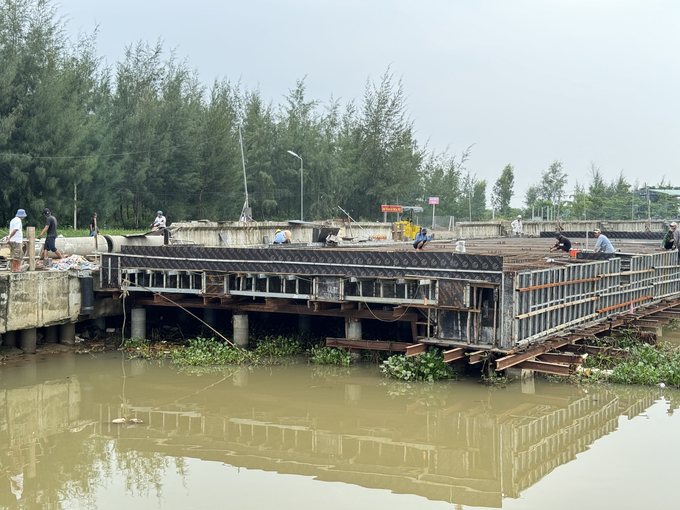
Quang Nam province is building the Hong Trieu fishing port and anchorage area to monitor seafood output in the northern part of the province. Photo: L.K.
Most other fishing vessels in Quang Nam sell seafood spontaneously at traditional piers and coastal landing sites, especially in northern districts without designated fishing ports. Many Quang Nam fishing vessel owners sell their catch at small, spontaneous markets due to prearranged advances from middlemen, who finance fishing trips and expect repayment through the sale of seafood upon return.
Mr. Nguyen Thanh Sang, owner of the fishing vessel QNa 90404TS, explained, “Each time our vessel returns, we usually dock at private piers to sell fish to middlemen. Since they advance funds for our fishing trips, we are committed to selling the seafood to them upon our return. This also simplifies preparations for the next trip.”
Mr. Vo Van Long, Director of the Fisheries Sub-Department of Quang Nam, acknowledged that monitoring harvested seafood output remains a limitation in the area. To address this, Quang Nam is investing in the Hong Trieu anchorage area combined with a fishing port in Duy Xuyen district, which will meet the needs of vessels in the northern part of the province and is expected to be operational next year.
“Tracking and certifying seafood output and origin not only serves the immediate goal of lifting the 'yellow card' but, more importantly, promotes sustainable and responsible fishing practices. As for the coastal landing sites and various piers, we are also guiding localities to conduct monitoring at these locations to increase monitored output and comply with EC requirements,” said Mr. Vo Van Long, Director of the Fisheries Sub-Department of Quang Nam.
Translated by Kieu Chi
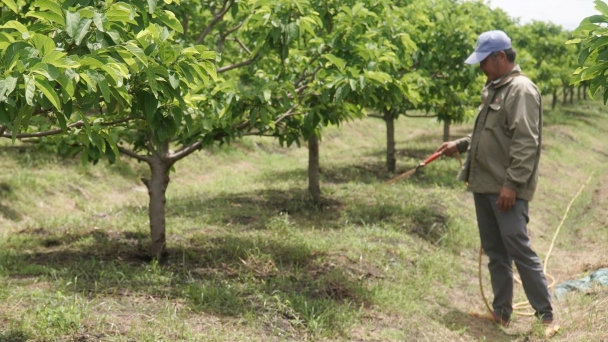
(VAN) Thanks to a focus on organic farming, soursops from the Minh Trung Cooperative have successfully reached the Chinese market.
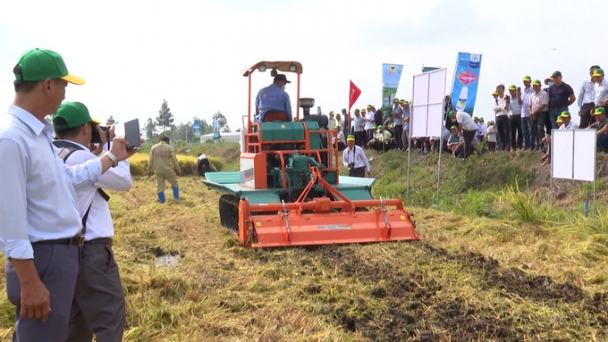
(VAN) Good control of high-quality rice, which includes the two main greenhouse gases CH4 and N2O, provides people with better conditions to increase productivity and reduce production costs.
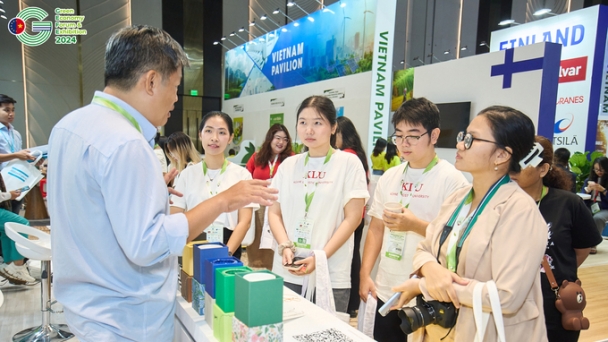
(VAN) The Green Economy Forum and Exhibition (GEFE) 2024 brought together entrepreneurs from both domestic and international backgrounds, along with policy-making experts committed to creating a green future.
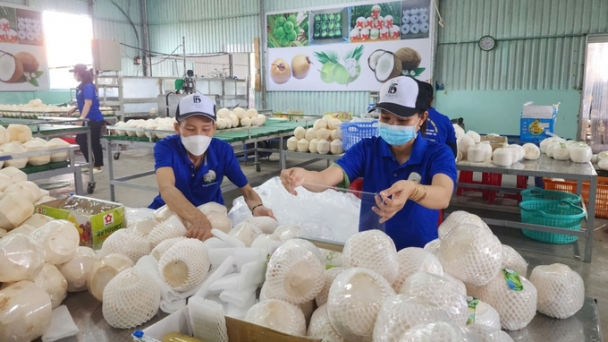
(VAN) The first 3 containers of coconuts from Tien Giang Province were packed and officially exported to the Chinese market by rail.
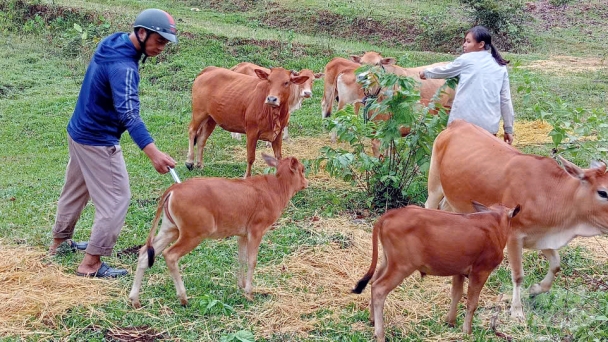
(VAN) After the foot-and-mouth disease outbreak, Quang Tri province made efforts to vaccinate buffaloes and cows under very difficult conditions.
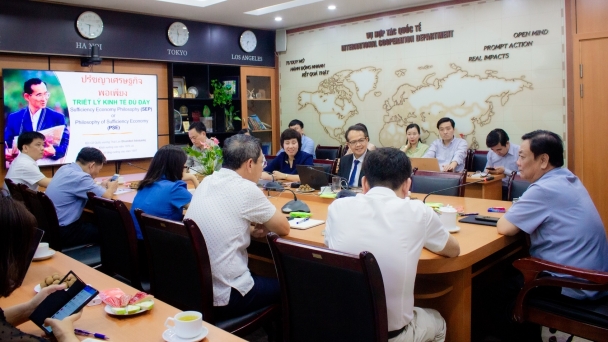
(VAN) On October 25, at the Ministry of Agriculture and Rural Development (MARD), Minister Le Minh Hoan led a discussion aimed at enhancing community capacity and expanding farmers’ knowledge.